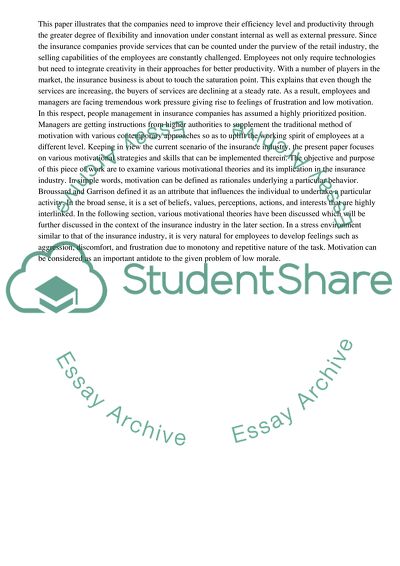Cite this document
(“Strategies in Striving for Peak Performance and Applying to Sales in Essay”, n.d.)
Strategies in Striving for Peak Performance and Applying to Sales in Essay. Retrieved from https://studentshare.org/management/1654518-examine-the-stretegis-and-skills-of-motivation-theories-in-striving-for-peak-performance-and-applying-to-sales-in-the-insurance-industry
Strategies in Striving for Peak Performance and Applying to Sales in Essay. Retrieved from https://studentshare.org/management/1654518-examine-the-stretegis-and-skills-of-motivation-theories-in-striving-for-peak-performance-and-applying-to-sales-in-the-insurance-industry
(Strategies in Striving for Peak Performance and Applying to Sales in Essay)
Strategies in Striving for Peak Performance and Applying to Sales in Essay. https://studentshare.org/management/1654518-examine-the-stretegis-and-skills-of-motivation-theories-in-striving-for-peak-performance-and-applying-to-sales-in-the-insurance-industry.
Strategies in Striving for Peak Performance and Applying to Sales in Essay. https://studentshare.org/management/1654518-examine-the-stretegis-and-skills-of-motivation-theories-in-striving-for-peak-performance-and-applying-to-sales-in-the-insurance-industry.
“Strategies in Striving for Peak Performance and Applying to Sales in Essay”, n.d. https://studentshare.org/management/1654518-examine-the-stretegis-and-skills-of-motivation-theories-in-striving-for-peak-performance-and-applying-to-sales-in-the-insurance-industry.


